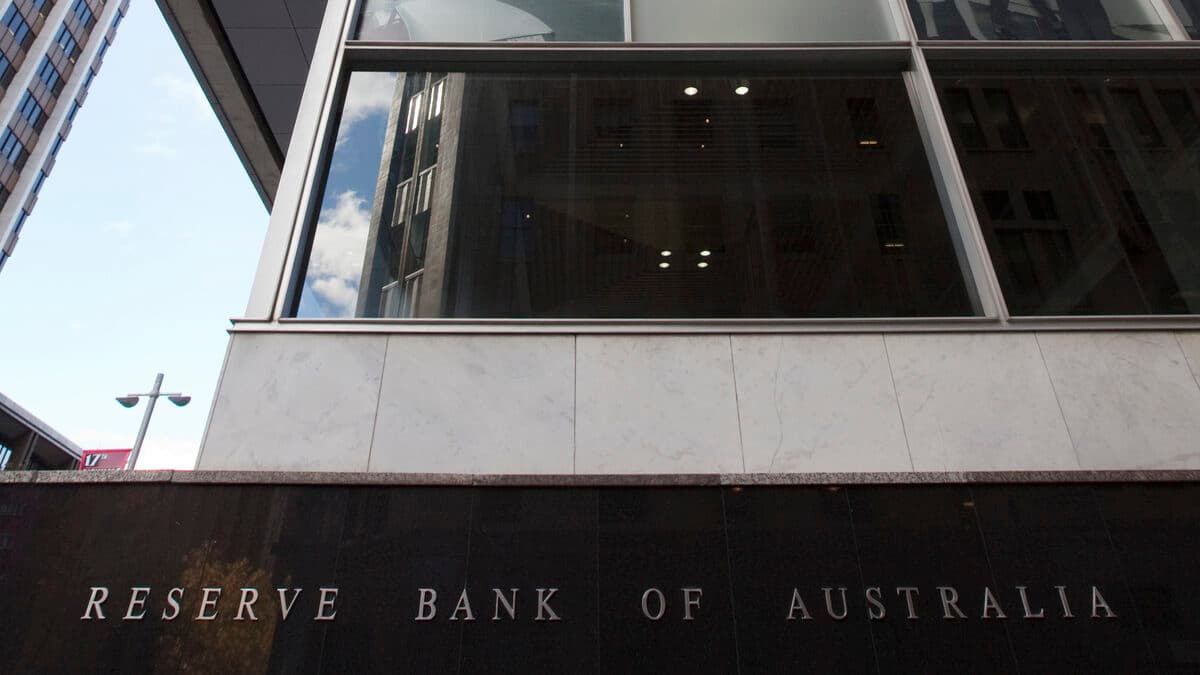In its monetary policy meeting of 2022, the Reserve Bank of Australia (RBA) board decided to keep the official cash rate – the rate banks pay to lend to and borrow from one another – at 0.1 per cent.
The last time the RBA lifted the official cash rate was back in November 2010.
In addition, the Board also decided to keep the interest rate on Exchange Settlement balances at zero per cent.
“Inflation has increased sharply in many parts of the world. Ongoing supply-side problems, Russia’s invasion of Ukraine and strong demand as economies recover from the pandemic are all contributing to the upward pressure on prices,” RBA Governor Philip Lowe said.
“In response, bond yields have risen and expectations of future policy interest rates have increased.”
Jobless rate to fall below 4 pct
The RBA’s central forecast is for the unemployment rate to fall to below 4 per cent this year and to remain below 4 per cent next year.
“The strength of the Australian economy is evident in the labour market, with the unemployment rate falling further to 4 per cent in February. Underemployment is also at its lowest level in many years, the Governor said.
“Job vacancies and job ads are at high levels and point to continuing strong growth in employment over the months ahead.”
Wage growth will remain slow
The governor warned that wage growth is expected to be only gradual, although there is uncertainty about the behaviour of labour costs at historically low levels of unemployment.
“Wages growth has picked up, but, at the aggregate level, is only around the relatively low rates prevailing before the pandemic. There are, however, some areas where larger wage increases are occurring.
“Given the tightness of the labour market, a further pick-up in aggregate wages growth and broader measures of labour costs is in prospect, but is expected to be only gradual.”
Inflation, supply chain woes are likely to stay
Inflation has increased in Australia, but it remains lower than in many other countries; in underlying terms, inflation is 2.6 per cent and in headline terms, it is 3.5 per cent. Higher prices for petrol and other commodities will result in a further lift in inflation over coming quarters, with an updated set of forecasts to be published in May.
“The main sources of uncertainty relate to the speed of resolution of the various supply-side issues, developments in global energy markets and the evolution of overall labour costs,” RBA said.
“Higher prices for petrol and other commodities will result in a further lift in inflation over coming quarters, with an updated set of forecasts to be published in May.
“Inflation has picked up and a further increase is expected, but growth in labour costs has been below rates that are likely to be consistent with inflation being sustainably at target.
“Overcoming months, important additional evidence will be available to the Board on both inflation and the evolution of labour costs. The Board will assess this and other incoming information as its sets policy to support full employment in Australia and inflation outcomes consistent with the target.”
For full statement: link
Keep up to date with our stories on LinkedIn, Twitter, Facebook and Instagram.

